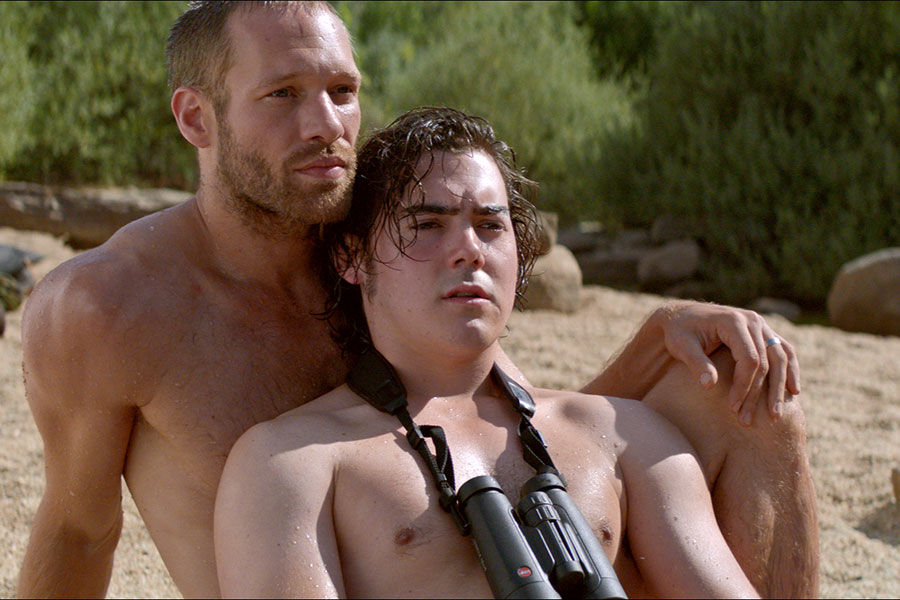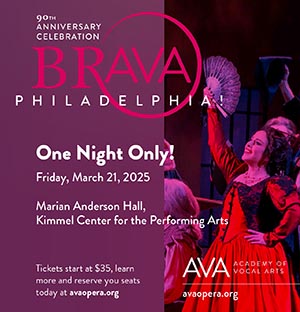Gay writer/director João Pedro Rodrigues’ spellbinding drama “The Ornithologist,” opening at the Ritz at the Bourse, has Fernando (Paul Hamy) observing black storks along the Douro River in Northeast Portugal (by the border with Spain). After getting caught in some rapids, he encounters a pair of Christian Chinese hikers, Fei (Han Wen) and Ling (Chan Suan), as well as Jesus (Xelo Cagiao), a hunky deaf shepherd with whom he has a tryst, and a trio of topless female hunters (Juliane Elting, Flora Bulcao and Isabelle Puntel). The further Fernando gets on his journey, the more he discovers about himself.
“The Ornithologist” blends reality and fantasy, but it is also an imaginative reworking of the allegory of St. Anthony of Padua.
Rodrigues spoke with PGN via Skype about making his remarkable new film.
PGN: What inspired you to make this film, and present a queer riff on St. Anthony of Padua?
JPR: I liked this idea of working with Portuguese popular culture, but also something that is grounded in tradition, and also mythical. The film departs from a lot of different mythologies — Christian mythologies and ancestral traditions. I like the idea of going back to something in our culture and appropriating that material and turn it into my own material. During the dictatorship, religion was one of the pillars, and the story of St. Anthony was told as a symbol of family and good behavior, but that was not what he was about. He was a Franciscan born in Lisbon and died in Padua and he was much closer to nature, not material goods. I wanted to go back to something closer to these Franciscans, who were like ecologists. I took all these pieces and wanted to tell [about] a man set in nature who gets lost with no human contacts. It goes back to my studying ornithology and biology before I studied film. These departures tell in a free way the mythological story of this saint.
PGN: There are many scenes that deal with communication and connection, from Fernando speaking English with the Chinese girls to his physical and erotic coupling with Jesus. Can you discuss this theme?
JPR: I think that also came from the legend of the saint. He could understand every language, and everyone understood him, even if he spoke with a different language. Even fish could understand him. There is a connection between human and animal that St. Anthony could make. I liked this idea of having many languages coexist in one film and in one place.
PGN: In many of your films, your LGBT characters are outsiders in society, more comfortable on their own than with other people. Can you talk about this theme in your work?
JPR: It’s more that they follow their own instincts to cope with the world. They like being apart from society; they find their own space, and live with the idea that you have to create your own world to live in. It’s also connected to myself. I don’t think it’s possible to make something artistic and not be personal. Films are my way of communicating with other people. This is how I feel comfortable. I have something to say through film. There are things I don’t understand, because I don’t think films are stories that should have clear messages, but they are inspired by my own experience.
PGN: Can you talk about casting Paul Hamy and Xelo Cagiao?
JPR: I found Xelo for my previous short film and I thought of him to play Jesus, and I wrote that part for him. Paul, I found later. I rewrote the part thinking of Paul. He [is French, and] learned Portuguese. I had to have St. Anthony speak with an accent. It was difficult for me to dub him. The film is constructed with this idea of doubles, so my voice is haunting his body. We did some rehearsals, and the actors met before shooting, but when I first made films I did more rehearsals than I do now. There is more tension that builds up in the real shooting. I also know what I want and how to direct the actors and how to reach what I want in him.
PGN: The film deals with myth and spirits, from the Mirandese and their ritual to the ecstatic ending with Antonio. Can you discuss why and how you incorporated elements of magical realism into the film?
JPR: I am not sure if it’s magical realism. Everything departs from reality. I’m afraid of being symbolical. Everything is happening realistically. It’s not magical. The only way to get to fantasy is being physical and real.

